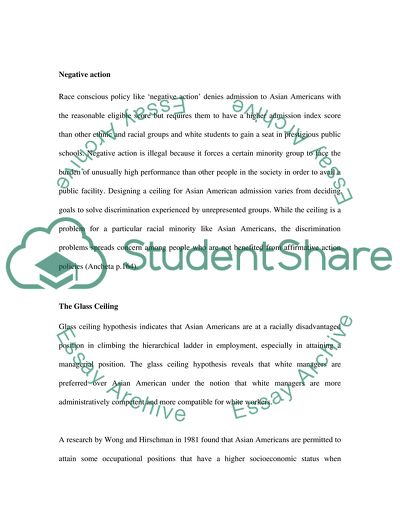Cite this document
(The Inequality in Policy Making to Asian American Group Research Paper, n.d.)
The Inequality in Policy Making to Asian American Group Research Paper. Retrieved from https://studentshare.org/law/1730649-the-inequality-related-in-policy-making-to-asian-amrican-group
The Inequality in Policy Making to Asian American Group Research Paper. Retrieved from https://studentshare.org/law/1730649-the-inequality-related-in-policy-making-to-asian-amrican-group
(The Inequality in Policy Making to Asian American Group Research Paper)
The Inequality in Policy Making to Asian American Group Research Paper. https://studentshare.org/law/1730649-the-inequality-related-in-policy-making-to-asian-amrican-group.
The Inequality in Policy Making to Asian American Group Research Paper. https://studentshare.org/law/1730649-the-inequality-related-in-policy-making-to-asian-amrican-group.
“The Inequality in Policy Making to Asian American Group Research Paper”, n.d. https://studentshare.org/law/1730649-the-inequality-related-in-policy-making-to-asian-amrican-group.


